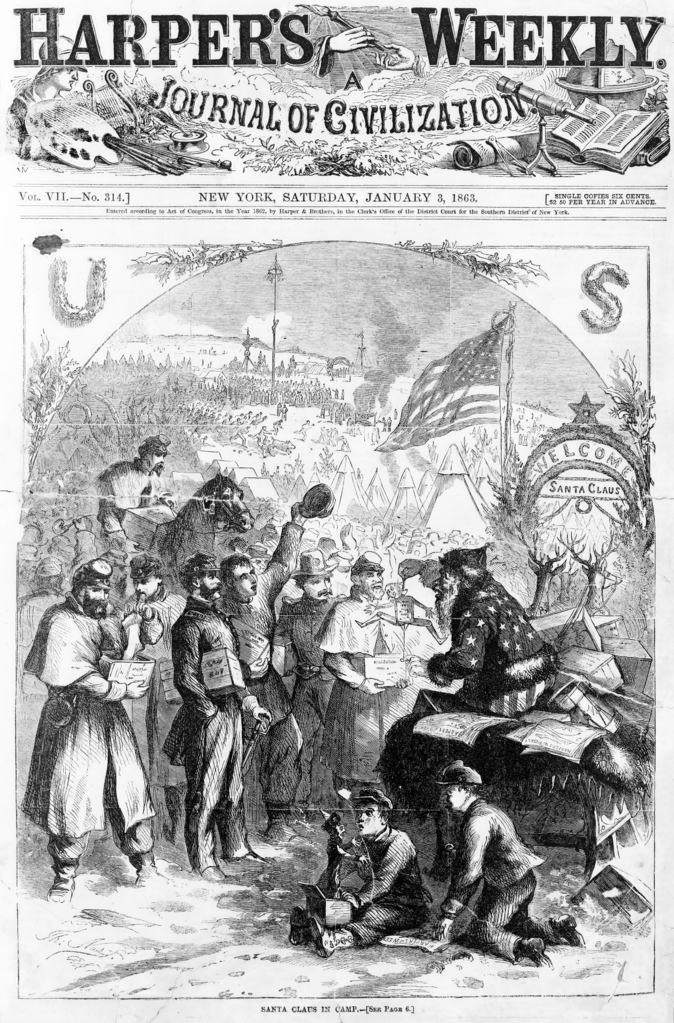15 December 2023
Lanthanum is a soft, ductile, silvery-white metal with atomic number 57 and the symbol La. Although it is classified as a “rare earth” element, it is actually quite abundant on Earth, over three times as abundant as lead. The name comes from the Greek λανθάνειν (lanthanein, escape notice, latent) because it was first found in the same ore in which cerium, which is next to it on the periodic table, had been discovered, and because they have similar properties it was difficult to discriminate between the two. Lanthanum is also the eponym of the lanthanide series of elements, which run from lanthanum to Lutetium (atomic number 71).
Lanthanum was discovered by Carl Gustaf Mosander in 1839, but he did not initially publish his results. Instead, the discovery was first mentioned in a letter by Jöns Jacob Berzelius, the co-discoverer of cerium, to Théophile-Jules Pelouze. Mosander had studied under Berzelius and had succeeded him as professor of chemistry at the Karolinska Institute. The two also shared a house in Stockholm, so Berzelius was well acquainted with his former student’s work. Pelouze made the discovery known at the French Academy of Sciences in March 1839:
M. Berzélius annonce à M. Pelouze, dans la même letter, que M. Mosander vient d'examiner de nouveau la cérite de Bastnas, mineral dans lequel le cérium a été découvert, il y a trente-six ans, et y a trouvé un nouveau métal.
L'oxide de cérium, extrait de la cérite par le procédé ordinaire, contient à peu près les deux cinquièmes de son poids de l'oxide du nouveau métal qui ne change que peu les propriétés du cérium, et qui s'y tient pour ainsi dire caché. Cette raison a engagé M. Mosander à donner au nouveau métal le nom de Lantane.
(Mr. Berzélius announces to Mr. Pelouze, in the same letter, that Mr. Mosander has just re-examined the cerite of Bastnas, a mineral in which cerium was discovered, thirty-six years ago, and found a new metal.
The oxide of cerium, extracted from cerite by the ordinary process, contains about two-fifths of its weight of the oxide of the new metal which changes but little the properties of cerium, and which remains so to say hidden. This reason prompted Mr. Mosander to give the new metal the name Lantane.)
Mosander finally published his findings in 1842, but that article does not discuss the naming of the element.
Sources:
Miśkowiec, Pawel. “Name Game: The Naming History of the Chemical Elements: Part 2—Turbulent Nineteenth Century.” Foundations of Chemistry, 8 December 2022. DOI: 10.1007/s10698-022-09451-w.
Mosander, C. G. “Något om Cer och Lanthan.” Forhandlinger ved de Skandinaviske Naturforskeres Möde, 3, 1842, 387–98. HathiTrust Digital Archive.
“Nouveau Métal.” Compte Rendu des Séances de l'Académie des Sciences, 8, 11 March 1839, 356–57 at 356. HathiTrust Digital Archive.
Oxford English Dictionary, second edition, 1989, s.v. lanthanum, n.
Photo credit: W. Oelen, 2006. Wikimedia Commons. Used under a Creative Commons Attribution-Share Alike 3.0 Unported license.









